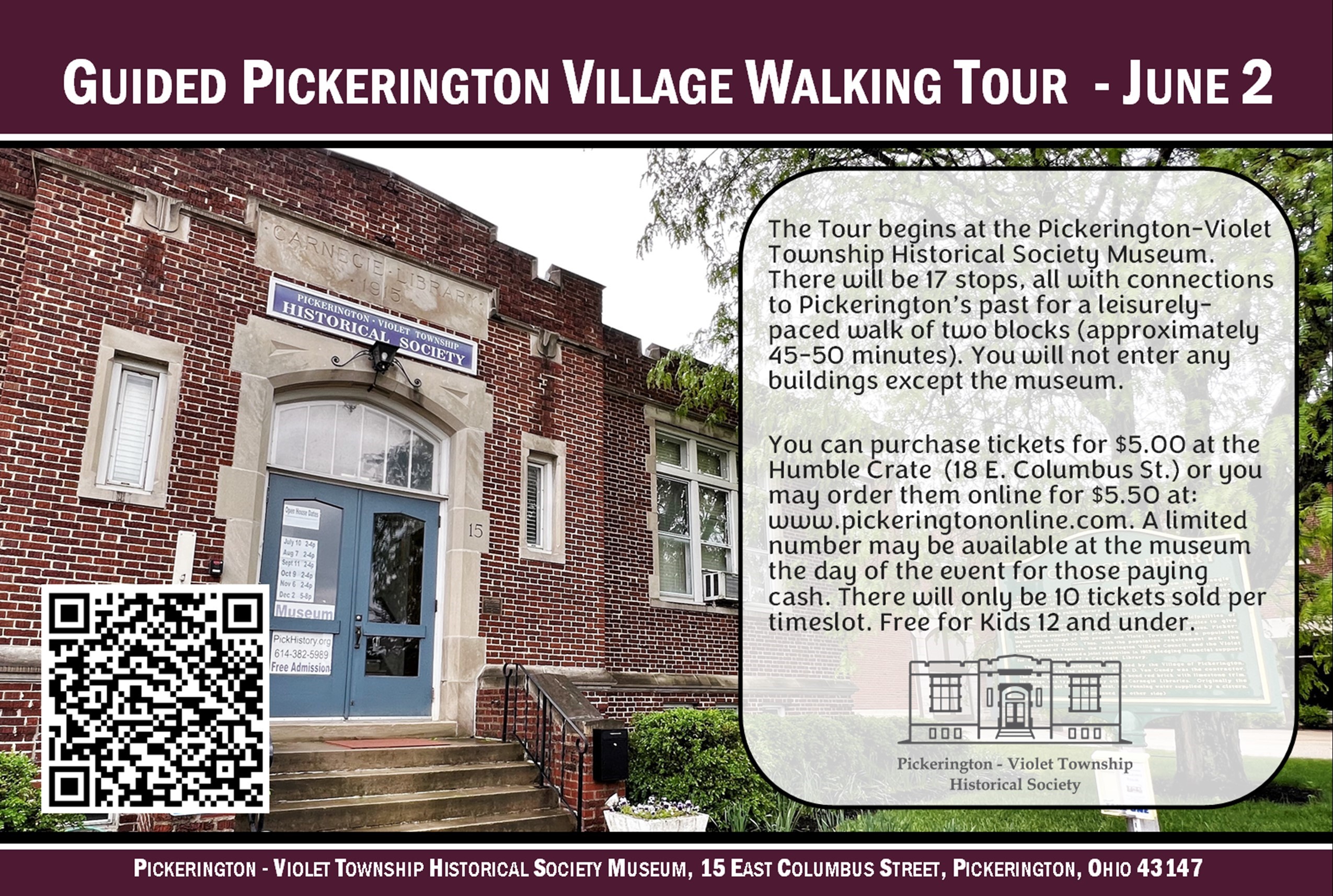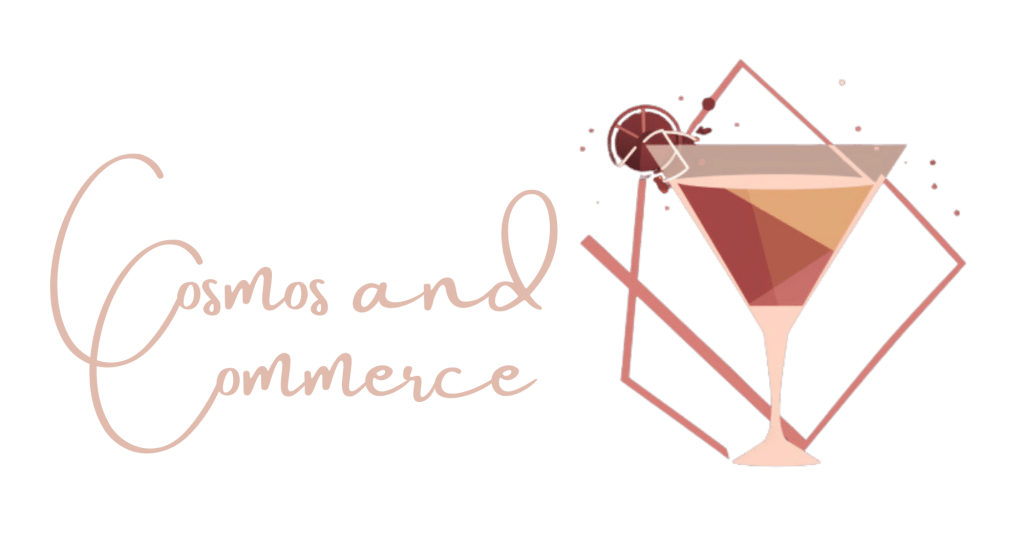
June 29, 2023
By Michelle Hill, POL Contributor
According to the National Wildlife Federation a plant is defined as native “if it has occurred naturally in a particular region, ecosystem, or habitat without human introduction”. Native plants have “formed symbiotic relationships with native wildlife over thousands of years, and therefore offer the most sustainable habitat.”
Using plants native to our ecoregion in your landscape will require less labor: watering, pruning, chemical interventions. It will reduce soil compaction, increasing the soil’s ability to readily absorb water, and it will support our pollinators and other life.

Tallamy wrote in Nature’s Best Hope, “To create the most productive landscapes possible (that is, landscapes in which the plant matter provides for the largest number of insects) we have to include species that belong to keystone plants.”
Research has shown us that 96-percent of songbirds require a diet of lepidoptera (caterpillars) to bring their babies to fledgling status. With North American bird populations down 30-percent since 1970, a landscape free of native vegetation equates to very few available caterpillars. A pair of chickadees will feed their young some 6,000 to 9,000 caterpillars just to get to fledgling status. Providing bird seed alone will not sustain our native bird populations.
We know we must preserve and restore habitats. There is an opportunity here for each person to create a new habitat, to support the life right outside your door. You can be part of the solution by planting native vegetation to supply our songbirds with the necessary lepidoptera nutrition to rear their young. Fourteen percent of native plants host 90-percent of lepidoptera.
Keystone species are plants, shrubs, and trees that serve as central nodes in the formation of the local food web. Many other life forms rely on these keystone species, and other organisms rely on those that consume the keystone plants. Thus, keystone plants have the ability to fundamentally restructure the local ecosystem. Keystone plants support larger numbers of caterpillars than other plant species – especially more than non-native species, many of which do not host any life.
Per Tallamy’s own research, “Given the importance of lepidoptera to food webs and ecosystem function, efficient and effective restoration of degraded landscapes depends on the inclusion of such ‘keystone’ plants.”
When planning your first native plot, visit The National Wildlife Foundation and enter your zip code to determine which plants will benefit the greatest number of pollinators and therefore the overall food web. A keystone planting is an excellent foundation in which to build your new habitat.
“Without one or more keystone plants supplying energy to a food web, the web is predicted to collapse. Thus, to improve ecological function in degraded and cultivated ecosystems, plants that disproportionately support biodiversity must be included.” Doug Tallamy.
Keystone plants for 43147 (the numbers in parenthesis tell how many species of moths and butterflies that the plants support): goldenrods (122), sunflowers (76), strawberry (71), boneset (32), and violet (29). Keystones are not only plants, but also shrubs and trees. Our local Oak trees support 477 species of moths and butterflies, surpassing all other native trees in their ability to support life throughout the food web.

Debra Knapke, the Garden Sage, has spent her career lovingly creating beautiful landscapes and inspiring others to take the challenge head-on. On her property of ⅔ acres she has created some 26 distinct garden spaces cut through by a winding grass path. In this space, you find blooming plants of all heights, colors and textures teeming with life. Creating this habitat has been a labor of love, full of value supporting untold numbers of pollinators, birds and critters. When not taking in the beauty in her own backyard, she can be found sharing her knowledge of the role of native plants in our environment: on NPR’s All Sides with Ann Fischer, at Columbus State Community College, Columbus Garden School, Franklin County Soil and Water Conservation District, Ohio Invasive Plants Council and so many more.
Debra, you are a truly inspiring leader in the native plants movement. How did you get on this path and what motivates you to keep pushing?
“I have always loved plants. I am excited by new plants and at the same time soothed by working with plants and soil. Everyone can benefit from being around plants and gardens. Black or brown thumbs are a myth. It is a matter of opening your eyes and being aware and understanding that, sometimes, you will not succeed. This is a truth for any endeavor.
My current focus is to promote eco-conscious gardening or regenerative horticulture. We must be guided by nature and heal/regenerate what has been damaged by our practices of using harmful inputs and treating soil like dirt. Climate change is driving my desire to guide others to grow, not only plants, but themselves. There are many small changes we can make that add up if many commit to making these changes.”
What would you say to someone who is interested in being part of this movement, but is unsure or feeling overwhelmed?
“Take small bites. The quickest way to be overwhelmed is to try to do it all: ornamental gardens – native and non-native choices, food and herb gardens, pollinator gardens, eco-gardens, stormwater control, and more. Pick the one garden type that speaks the loudest. Add other ideas, plants, gardens, structures, and artwork when you feel comfortable with what you have.
My current garden has developed over 38 years. The earliest ornamental and food gardens in the mid-80s were small. The ornamental areas contained plants that caught my eye when I shopped at local garden centers. My food garden has grown over time, but it too, started in a small 18-foot by five-foot space.”
We have just unlawned a space with the intention of planting natives. Which plants would you suggest for a sunny/partial/shade space? (assuming clay is likely)

“Generally, if you have a sunny space to unlawn, think about using plants that we find in prairies and on the edge of the forest. Deep-rooted prairie plants sequester a lot of carbon and create deep, rich soils over time. This includes golden Alexander, penstemons, goldenrods, echinacea, anise hyssop, milkweeds, mountain mints, asters, little bluestem, prairie dropseed, big bluestem and so many more.
For shady areas, consider planting some shade tolerant shrubs, like spicebush and oakleaf hydrangea, and woodland perennial species like shooting star, goldenseal, wild ginger, woodland phlox, columbine, Virginia bluebells, coralbells, wood ferns, woodland stonecrop, Christmas fern, ostrich fern, blue stem and zigzag goldenrod, wood aster and so many more.”
Challenge your neighbors to see who can develop a space that supports more life. Any native planting you complete will support more than the lawn ever could and you can take pride in that. Instead of a concert of dueling mowers this spring, you can choose to: head over to an elderly neighbor’s home and offer assistance, join up with a group removing invasives, or help plant or maintain a pollinator garden.
WE can achieve this goal by working together as a community.
To read previous editions of “Growing Hope”, please click on the links below.

Michelle Hill is the founder of the local Pro Pollinator Initiative which is a group working to plant pollinator gardens throughout the Pickerington area. This summer, they will plant native flower beds at Toll Gate Elementary School and the main branch of the Pickerington Public Library.
She is also the acting president of Greener Violet, a newly-formed Pickerington-based environmental organization combining a variety of ecological interests including invasive plant remediation and watershed protection.
To learn more about either organization or to ask a question specific to your situation, please email Michelle at pro.pollinator.initiative@gmail.com.
Growing Hope logo created by Dawnette Fleischer

















